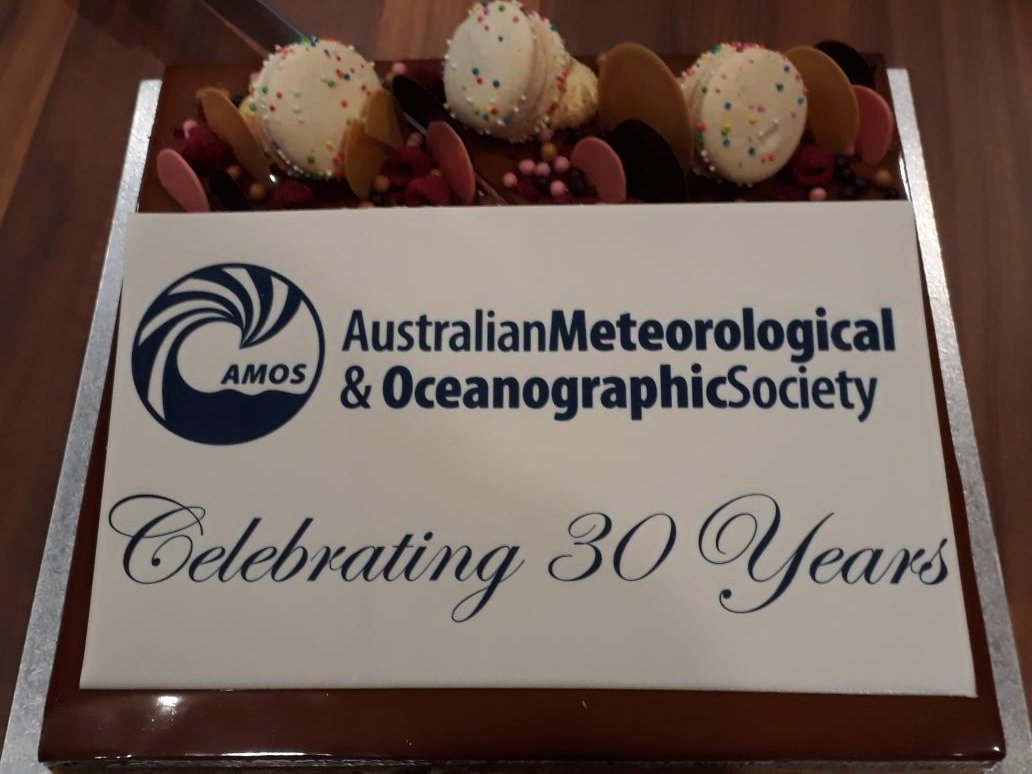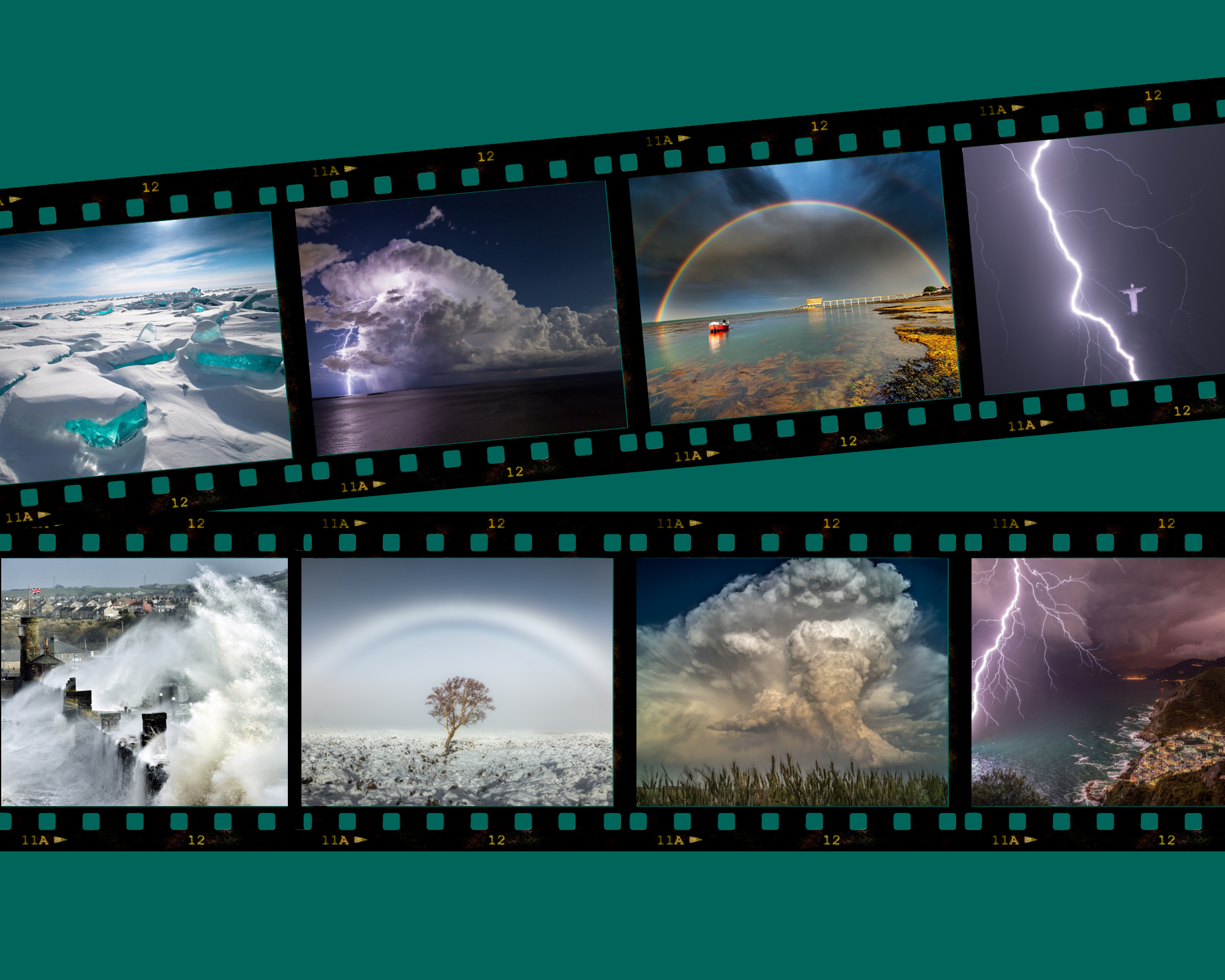

RMetS trip to Austrialia
I have been fortunate enough to travel widely through my career as a climate scientist – taking in aircraft campaigns in Senegal and Italy, and conferences everywhere from China to Hawaii. However, until recently, I had not ventured out of the Northern Hemisphere! All that changed in August thanks to an invitation from the Australian Meteorological and Oceanographic Society (AMOS) to share in the celebrations of their 30th anniversary. And so I found myself on a very long plane journey to Melbourne. The flight, though long, was not as bad as I expected. I had beautiful views of the Caspian Sea and the desert around it, before flying into the dark for a midnight change of planes in Singapore. Crossing the equator and flying above the Intertropical Convergence Zone was certainly bumpy, but no more so than a late night flight from Heathrow to Edinburgh in a winter storm. I was relieved not to directly experience any of Paul Williams’ much publicised research on clear air turbulence!
I landed in Melbourne to be met by Mary Voice, the President of AMOS, and driven to my hotel. Despite being tired, I had an urgent task to complete – going over my slides for a research seminar at Monash University. I always go over my slides the evening before a seminar – however this time, I made an embarrassing discovery. All my slides referred to weather systems and regional climate of the Northern Hemisphere! Fortunately one of the great things about having been at Reading Meteorology Department for over two decades is the considerable number of ex PhD students and postdocs who have been through the department and in particular are now at Monash. Confiding in them the following day, they reassured me that a Northern Hemisphere bias is entirely normal for a newbie to the Southern Hemisphere and I appeared to be forgiven.
After a day at Monash, it was time to enjoy the AMOS celebrations in central Melbourne. AMOS began as a regional branch of the Royal Meteorological Society 45 years ago, but became a Society in its own right in 1987. The new Society increased the emphasis on oceanography and air –sea interaction was an important international theme for the first conferences. The birthday conference focussed on “Science for Life” including themes around assessing and communicating risk associated with extreme weather and climate change. WMO (World Meteorological Organisation) President David Grimes emphasised the importance of thinking about the vulnerable polar regions, whilst David Carlson of the World Climate Research Programme discussed whether climate change was now so complex that the evolution of our brains cannot keep up - the conclusion being that climate change is too complex for any individuals or individual nations to solve, necessitating a global collaboration. Trainee forecasters from the Bureau of Meteorology took advantage of the opportunity to network with some of the leading figures in global meteorology. It was also fascinating to hear about the outreach initiatives, including a schools art competition. Last years’ winner, on the theme of “weather warriors” was very creative.
One of the differences in my trips now tends to be that I have less spare time around them to be a tourist. However, I did have a day and a half so got to see the Yarra Valley and Healesville Sanctuary as well as reflect on the history of immigration to Australia. One of the oddest things? The completely different bird sounds - I had not realised how much birdsong is a part of my everyday soundscape. It certainly reminded me to “observe” with all my senses.




